
The more abstract, the more real. In the perfumer’s eyes, there are common effects between Western abstract expressionism and Eastern freehand painting. Inspired, the perfumer wonders: “Is it possible for perfume, instead of depicting the reality, to demonstrate a more real spiritual entity as abstract paintings?” Such tantalizing ideas linger in his mind, leading to the naissance of this experimental perfume. By incorporating ingredients irrelevant to rose, the perfumer constructs a rose imagery to announce his firm belief into eternal true love.
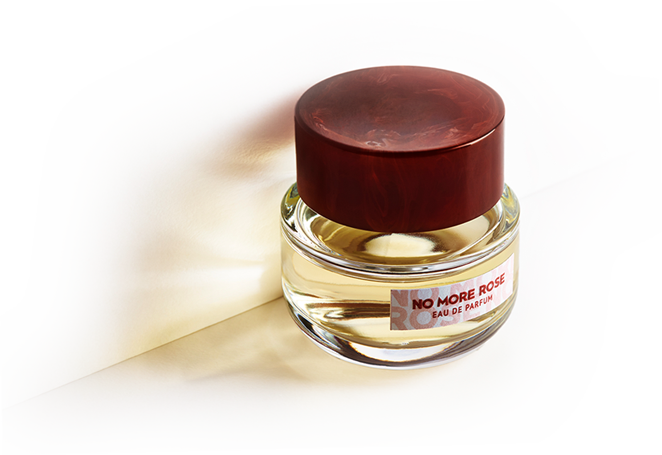

As the sea breeze, the aldehyde in the head blends perfectly with the soft sweetness of vanilla and musk in the base, creating an ethereal space filled with light mist. Pink white, pale pink and even transparent rose petals are floating within, where flickers the translucent frankincense in the heart, penetrating the mist like holy light. An imaginary Garden of Eden and immortal new world. When the mist fades away, appears the warm and natural intimacy, as Adam and Eve, nude yet shame-free.

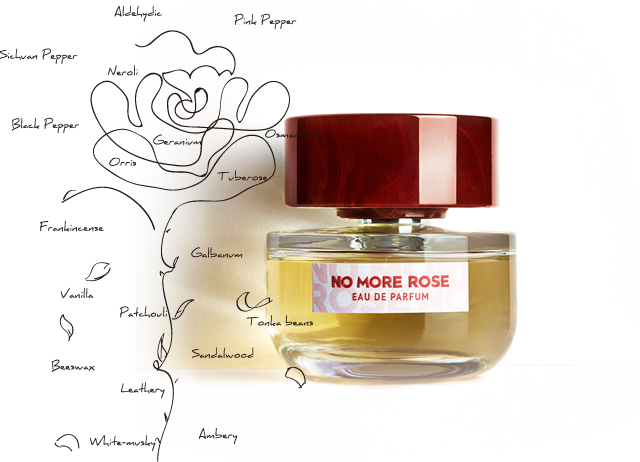

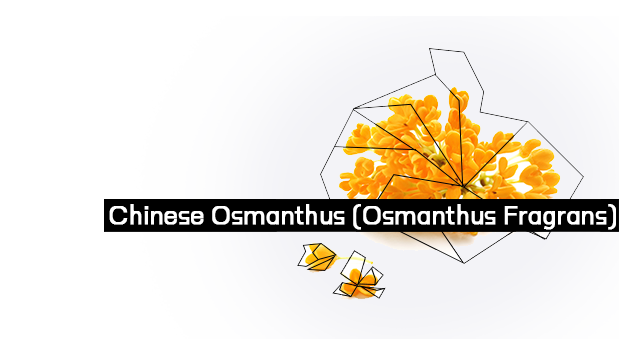
An example of Chinese floral sweetness. In Ming and Qing Dynasties, osmanthus floral water, like rose floral water, was one of the best royal fragrance tributes. The perfumer portrays the rose imagery with the China’s unique Osmanthus. Particularly, he employs the supercritical carbon dioxide extraction method to deliver a scent close to the natural flower in people’s memory.

A white flower with royal heritage. Neroli originates from Southern Italy, named after Princess Nerola in the 17th century. Tunisia is currently the main place of production of Neroli. Due to the lower latitude, the Tunisian Neroli essential oil diffuses an odor more floral than bitter, thus revealing more gentle charms. The perfumer resorts to Tunisian Neroli to emphasize the rarity, warmth and purity in true love.
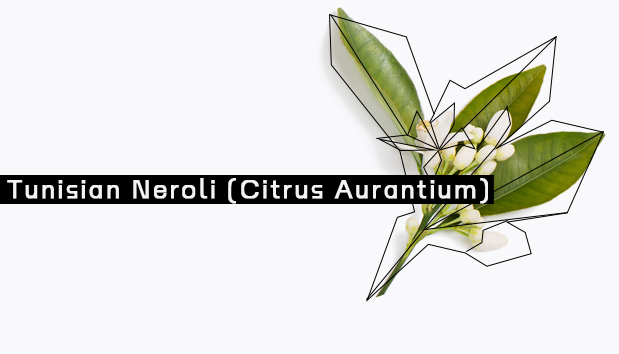


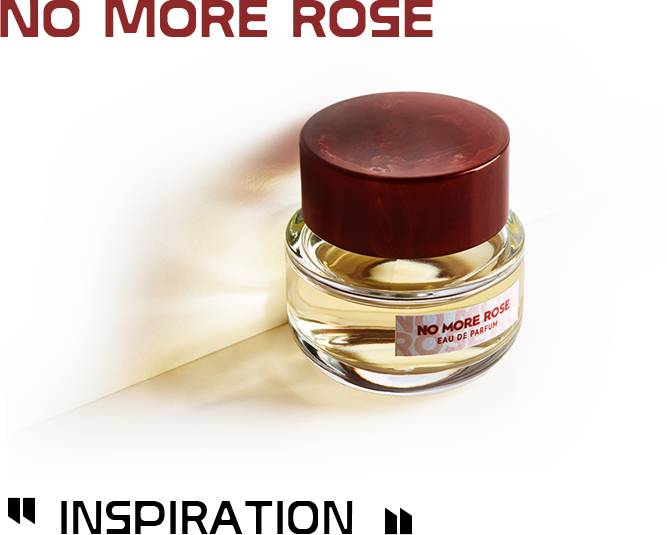
The more abstract, the more real. In the perfumer’s eyes, there are common effects between Western abstract expressionism and Eastern freehand painting. Inspired, the perfumer wonders: “Is it possible for perfume, instead of depicting the reality, to demonstrate a more real spiritual entity as abstract paintings?” Such tantalizing ideas linger in his mind, leading to the naissance of this experimental perfume. By incorporating ingredients irrelevant to rose, the perfumer constructs a rose imagery to announce his firm belief into eternal true love.
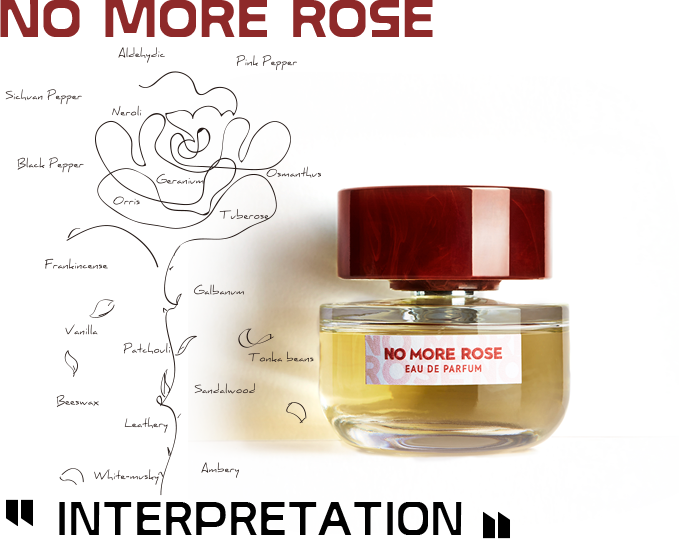
As the sea breeze, the aldehyde in the head blends perfectly with the soft sweetness of vanilla and musk in the base, creating an ethereal space filled with light mist. Pink white, pale pink and even transparent rose petals are floating within, where flickers the translucent frankincense in the heart, penetrating the mist like holy light. An imaginary Garden of Eden and immortal new world. When the mist fades away, appears the warm and natural intimacy, as Adam and Eve, nude yet shame-free.

An example of Chinese floral sweetness. In Ming and Qing Dynasties, osmanthus floral water, like rose floral water, was one of the best royal fragrance tributes. The perfumer portrays the rose imagery with the China’s unique Osmanthus. Particularly, he employs the supercritical carbon dioxide extraction method to deliver a scent close to the natural flower in people’s memory.
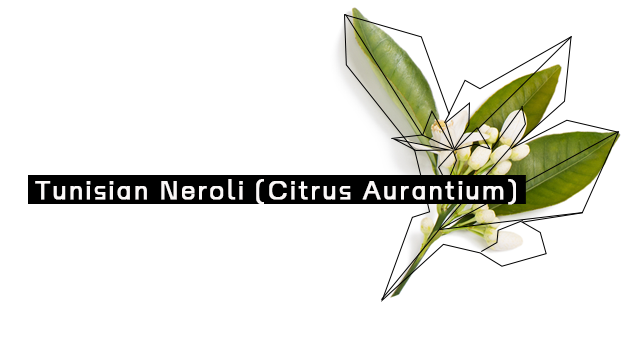
A white flower with royal heritage. Neroli originates from Southern Italy, named after Princess Nerola in the 17th century. Tunisia is currently the main place of production of Neroli. Due to the lower latitude, the Tunisian Neroli essential oil diffuses an odor more floral than bitter, thus revealing more gentle charms. The perfumer resorts to Tunisian Neroli to emphasize the rarity, warmth and purity in true love.



